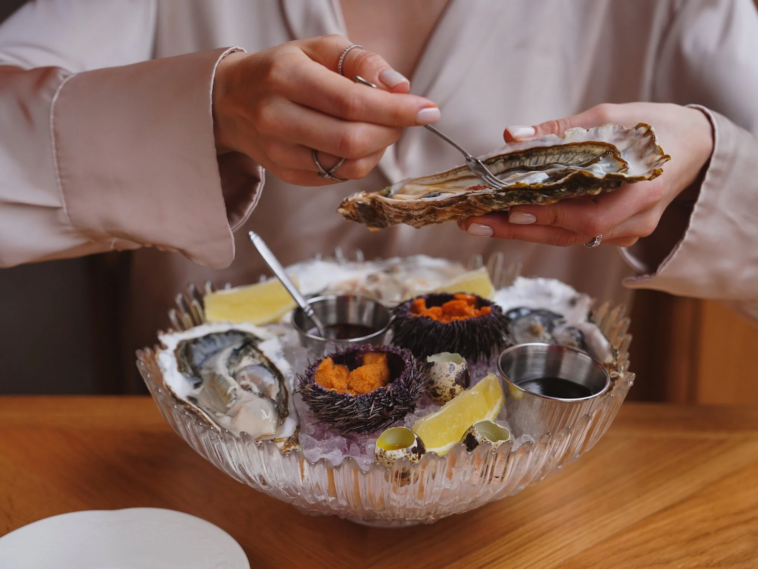Fresh seafood delivery is an exciting proposition to anyone who loves seafood but doesn’t have the time to go out. If you’re one of them, listen up.
As you eagerly await your fresh seafood delivery, it’s essential to arm yourself with knowledge on how to handle and store these treasures from the sea. Let’s discuss seafood safety, so you’re able to prepare every dish with utmost safety.
By the end of this guide, you’ll see that it’s not enough to find the best seafood in Sydney; you must also know how to store and handle it properly.
Receiving Your Seafood Delivery: A Crucial First Step
When your seafood delivery arrives, promptly open the package and inspect the contents. The fish should have a fresh, briny scent, while shellfish should be tightly closed or close when tapped. If anything smells off or appears questionable, contact your seafood delivery service immediately.
Keep in mind that freshness is the foundation of safe seafood, and trusted suppliers like Manettas are your best ally.
Safe Handling: Cleanliness is Key
Ensure your hands and kitchen surfaces are clean. Wash your hands thoroughly with soap and warm water for at least 20 seconds. This simple step helps prevent cross-contamination and ensures the safety of your seafood dishes. Clean cutting boards, knives and utensils with hot, soapy water after each use.
Storing Seafood: The Chilling Truth
Immediately store your seafood in the refrigerator or freezer upon delivery. For the freshest experience, consume fish within 1-2 days and shellfish within one day. If you plan to use it later, freezing is essential. Seal fish and shellfish in airtight containers or plastic wrap, removing as much air as possible to prevent freezer burn.
Avoiding the Danger Zone: Temperature Matters
Seafood is highly perishable, and temperature control is paramount. Keep your refrigerator at 4°C (40°F) or below and your freezer at -18°C (0°F) for optimum safety. Thaw frozen seafood in the refrigerator or use the defrost function on your microwave. Never thaw seafood at room temperature, as this encourages the growth of harmful bacteria.
Cooking Seafood to Perfection: A Safety Net
Cooking seafood thoroughly is the final step in ensuring safety. Fish should be cooked to an internal temperature of 63°C (145°F), and shellfish should be heated until their shells open. Use a food thermometer to gauge doneness and always discard any seafood that doesn’t reach the recommended temperatures.
Be Mindful of Allergens: A Cautionary Note
If you or your guests have seafood allergies, exercise extra caution. Ensure that surfaces, utensils and cookware used for preparing seafood are thoroughly cleaned to avoid cross-contamination. When dining out or ordering, communicate any allergies to the restaurant or seafood delivery service to ensure a safe dining experience.
Safety Always Comes First
From receiving your package to storing, handling and cooking, each step plays a crucial role in ensuring the freshness and safety of your seafood. Let our tips be your guide, ensuring that every seafood dish you prepare is not only a culinary masterpiece but also a safe and enjoyable experience for all.
As you prepare your seafood, may your meals be delicious, wholesome and, above all, safe.

